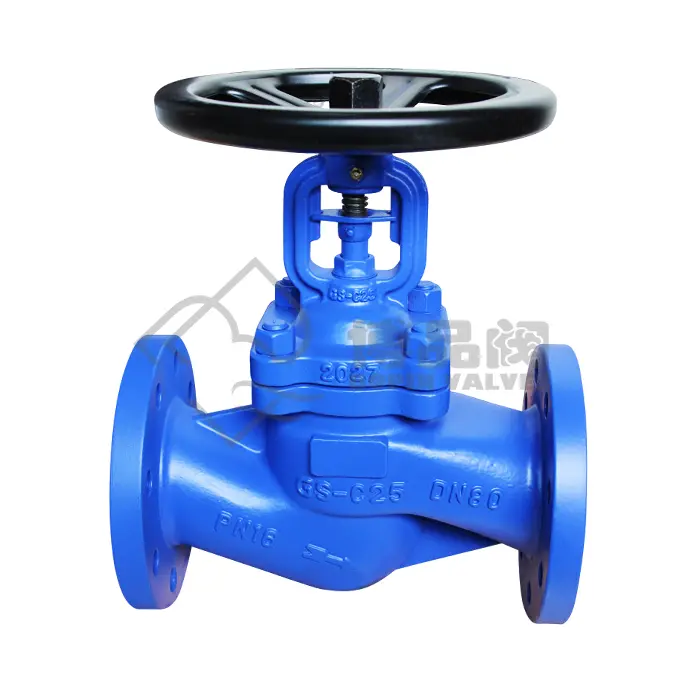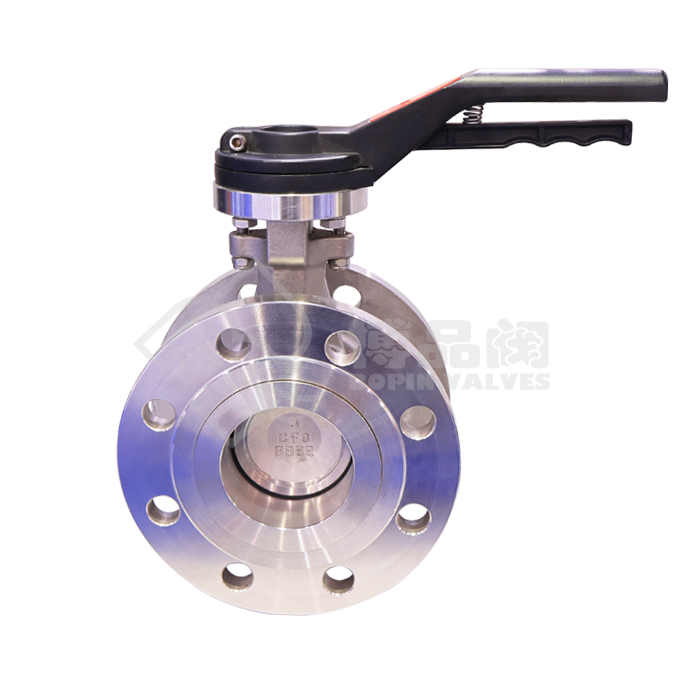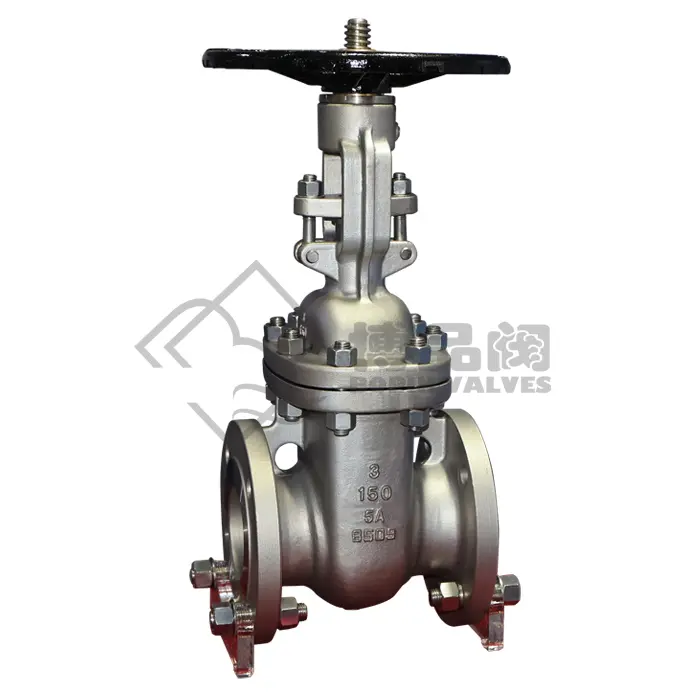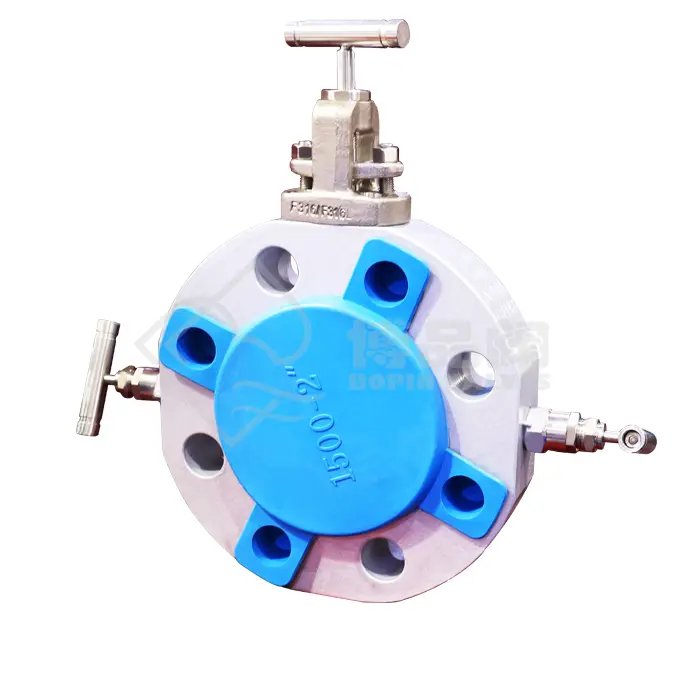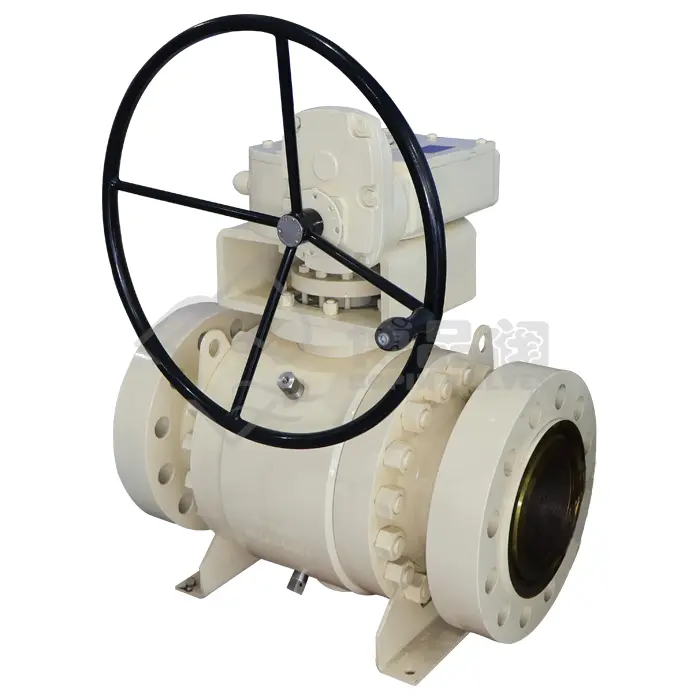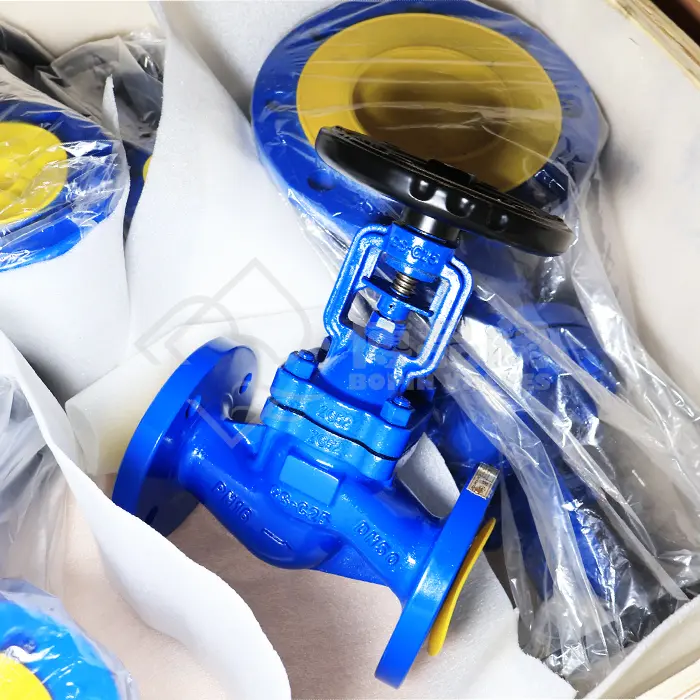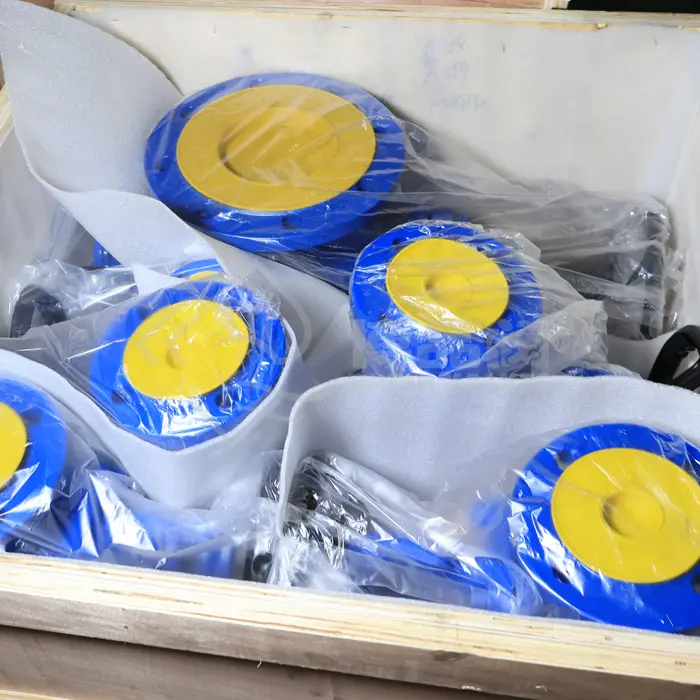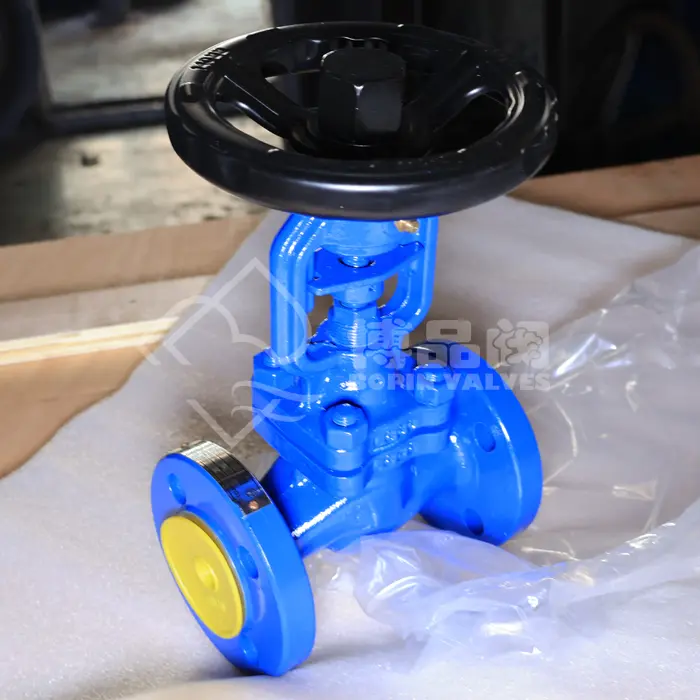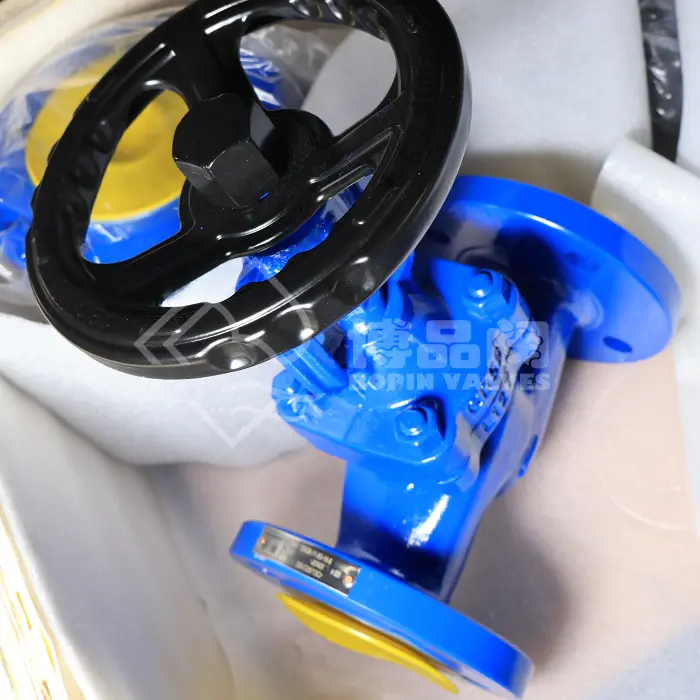DIN 3356 Flange End GS-C25 Bellows Sealed Globe Valve
Standards and Design Basis
The DIN 3356 standard governs the design, dimensions, and testing of globe valves, ensuring reliability and interchangeability. Valves manufactured according to this standard are suitable for industrial use under a wide range of service conditions. Key standards applicable to the DIN 3356 GS-C25 Bellows Sealed Globe Valve include:
DIN 3356 – Design and dimension standards for globe valves
DIN EN 1092-1 – Flange connections for steel valves
EN 558-1 – Face-to-face and end-to-end dimensions of industrial valves
DIN EN 12266-1 – Pressure testing of valves
DIN EN ISO 15848 – Emission testing for industrial valves with bellows seals
DIN 1691 – Cast steel grades (material designation GS-C25)
By conforming to these standards, the valve ensures compatibility with piping systems, reliable sealing, and compliance with safety and environmental regulations.
Construction Material: GS-C25 Carbon Steel
The GS-C25 (also known as 1.0619, equivalent to ASTM A216 WCB) is a cast carbon steel commonly used for industrial valve bodies and bonnets. Its properties include:
Tensile strength: 410–530 MPa
Yield strength: ≥ 250 MPa
Elongation: ≥ 22%
Impact resistance: Good toughness at medium temperatures
Temperature range: Up to approximately 425 °C continuous service
GS-C25 is chosen for this valve due to its balance of strength, weldability, and cost-effectiveness. It provides excellent mechanical performance in medium-pressure steam, oil, gas, and water services.
Bellows Seal Technology
A distinguishing feature of this valve is its bellows seal design. Unlike conventional stuffing box packing, bellows seals provide hermetic sealing to prevent leakage of process media into the atmosphere. This is particularly crucial for handling hazardous, toxic, or volatile fluids.
3.1 Structure of Bellows Seal
Bellows element: A multi-layer stainless steel thin-walled cylindrical structure welded to the valve stem and bonnet.
Stem connection: One end of the bellows is welded to the stem, and the other end is welded to the bonnet, forming a sealed chamber.
Secondary packing: A conventional graphite or PTFE gland packing is often provided as a backup seal.
3.2 Benefits of Bellows Seal
Zero leakage to atmosphere – Eliminates fugitive emissions.
Extended service life – Bellows cycle-tested to thousands of open/close operations.
Environmental compliance – Meets emission standards such as TA-Luft and ISO 15848.
Safety – Prevents toxic or flammable media from escaping into the environment.
Design and Construction Features
The DIN 3356 GS-C25 Bellows Sealed Globe Valve incorporates multiple engineered features for durability and performance:
Body and Bonnet – Made of GS-C25 cast carbon steel, designed for pressure integrity and mechanical robustness.
Bellows Assembly – High-quality stainless steel (usually 1.4541 or 1.4571) resistant to fatigue, corrosion, and high temperature.
Disc and Seat – Precisely machined to ensure tight shut-off; hardfacing (Stellite or equivalent) can be applied for wear resistance.
Stem – Forged stainless steel with smooth finish to minimize friction and ensure reliable bellows operation.
Backseat Design – Provides additional sealing when the valve is fully open, allowing for stem packing replacement under pressure.
Flanged Ends – Conforming to DIN EN 1092-1 PN16, PN25, or PN40 pressure ratings for easy pipeline integration.
Yoke and Handwheel – Rugged construction enabling manual operation with minimal torque.
Secondary Packing – Graphite or PTFE packing provides safety in case of bellows failure.
Working Principle
The valve operates on the linear motion principle typical of globe valves. The handwheel turns the threaded stem, moving the disc up or down relative to the seat. The bellows expand or compress with stem movement, maintaining a sealed environment between the process fluid and the external atmosphere.
Open position: The disc is lifted away from the seat, allowing flow. The bellows elongate but maintain sealing.
Throttling: The valve can be adjusted to partially open positions for flow control.
Closed position: The disc presses against the seat, shutting off the flow. The bellows compress to maintain seal integrity.
Technical Specifications
Typical technical specifications for the DIN 3356 GS-C25 Bellows Sealed Globe Valve are:
Design standard: DIN 3356
Size range: DN 15 – DN 400
Pressure ratings: PN16, PN25, PN40
Temperature range: -29 °C to +425 °C
Body material: GS-C25 (1.0619)
Trim material: Stainless steel (1.4021, 1.4408) or stellite-faced
Bellows material: Stainless steel 1.4541, 1.4571
End connection: Flange ends to DIN EN 1092-1
Testing: EN 12266-1 (shell and seat tests)
Leakage class: Class A tight shut-off
Advantages
The valve provides multiple advantages over conventional globe valves:
Zero external leakage – Bellows sealing prevents emissions.
Reliable shut-off and throttling – Globe design ensures tight closure and accurate flow control.
Long service life – Reduced wear due to bellows protection and optional hardfaced seats.
Safety in hazardous media – Suitable for toxic, radioactive, or flammable fluids.
Maintenance friendly – Backseat allows repacking without depressurization.
Standards compliance – Conforms to DIN, EN, and emission control requirements.
Versatility – Applicable for steam, condensate, oils, gases, and aggressive chemicals.







